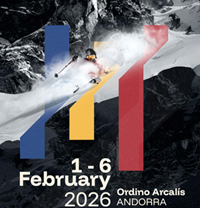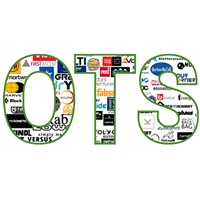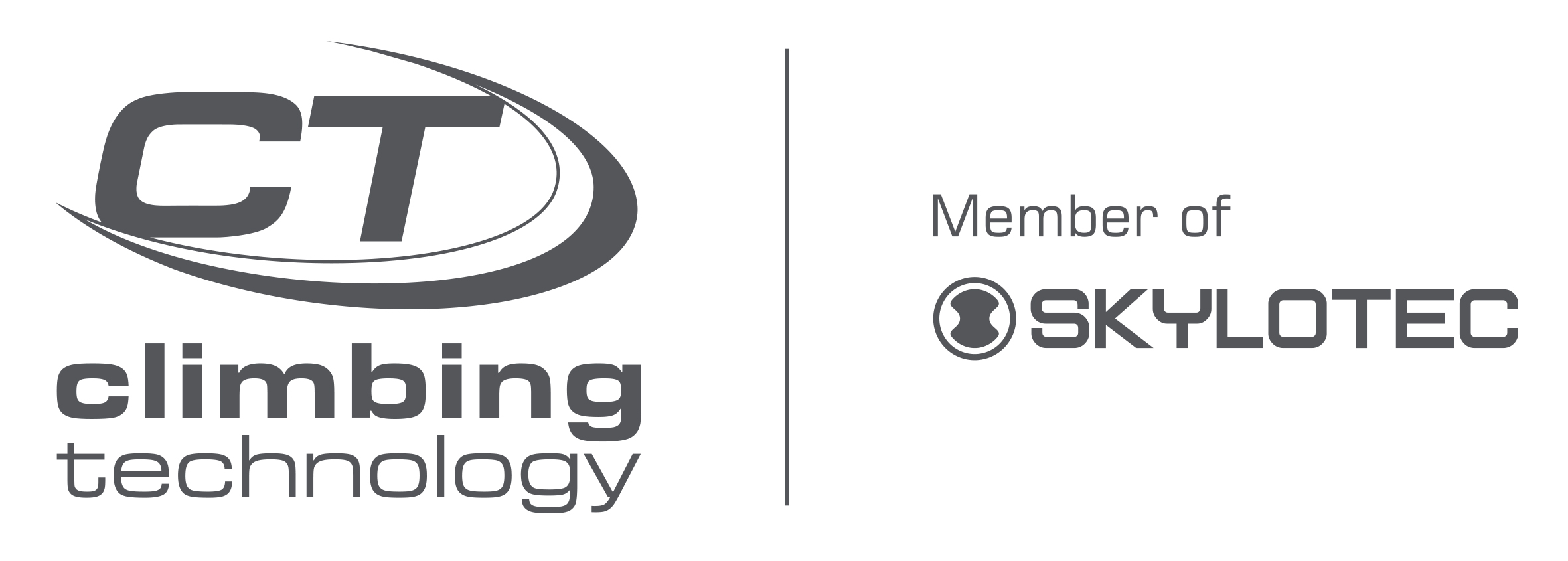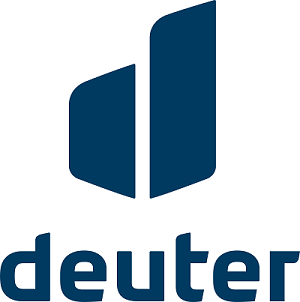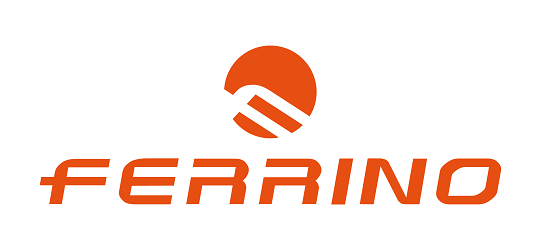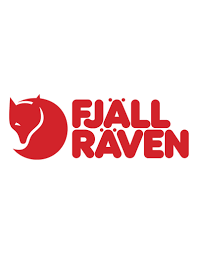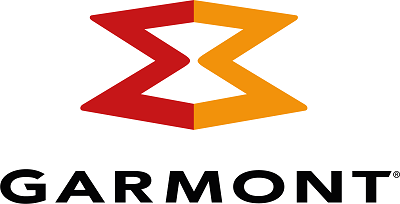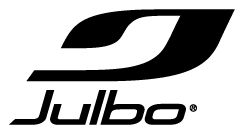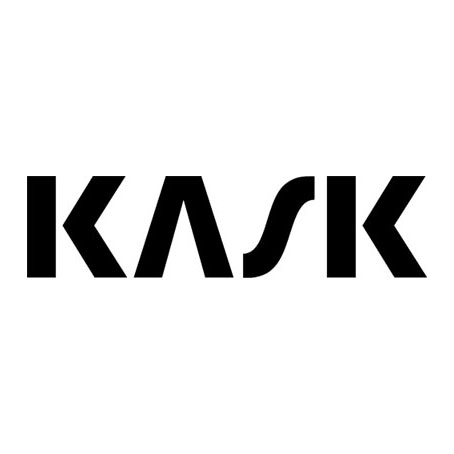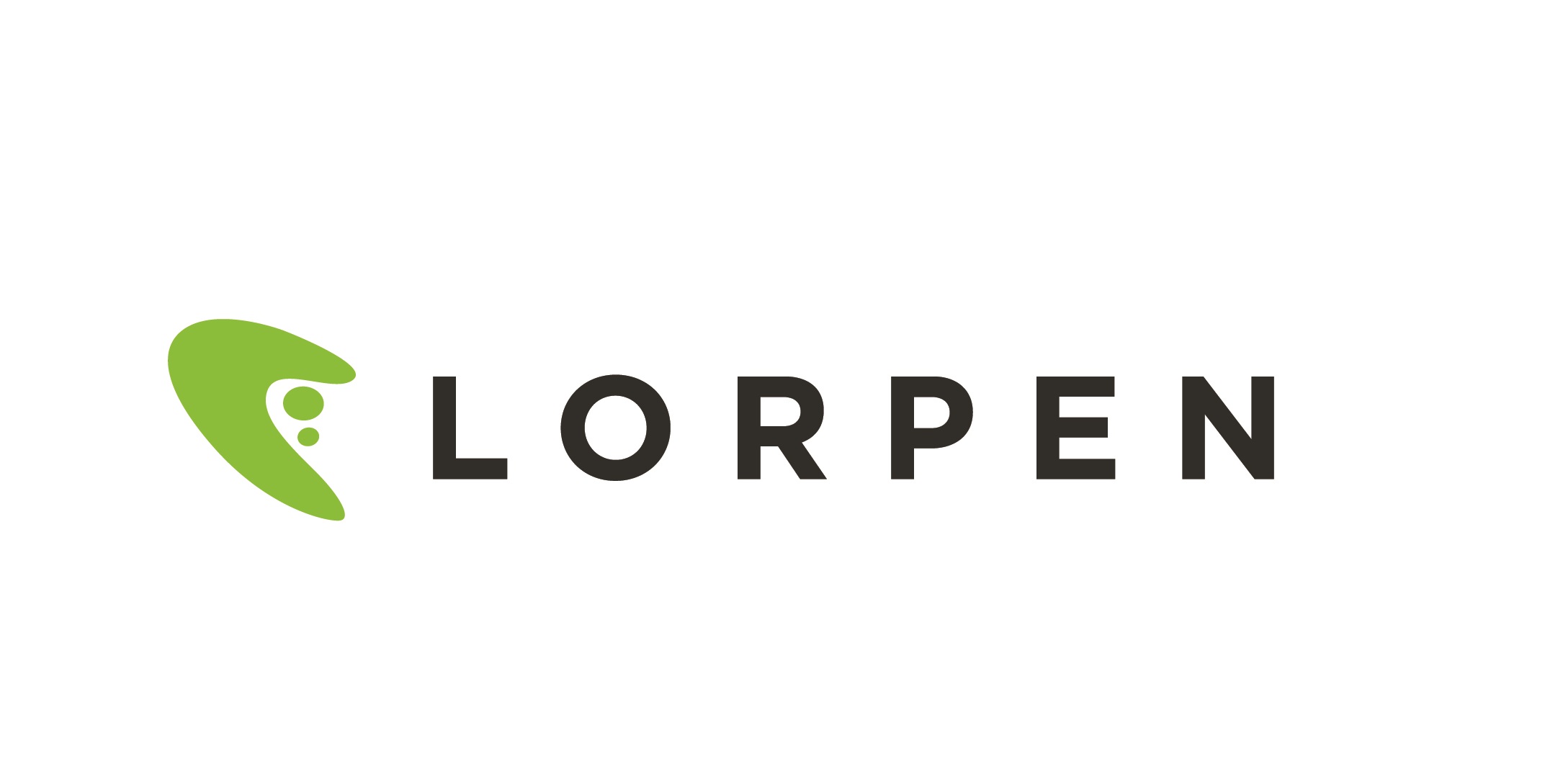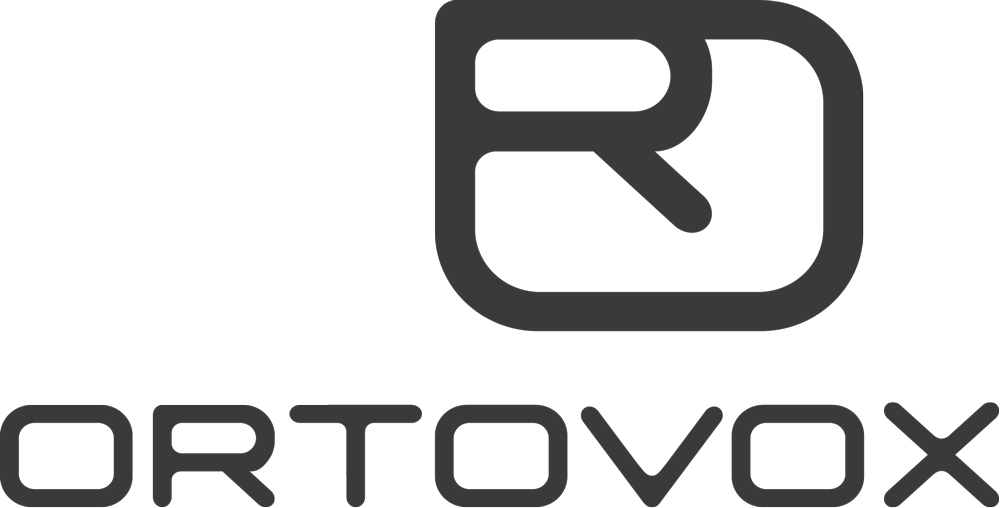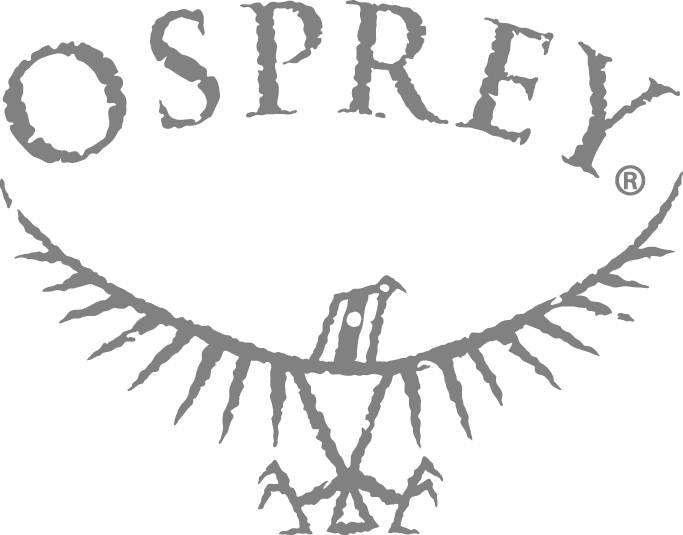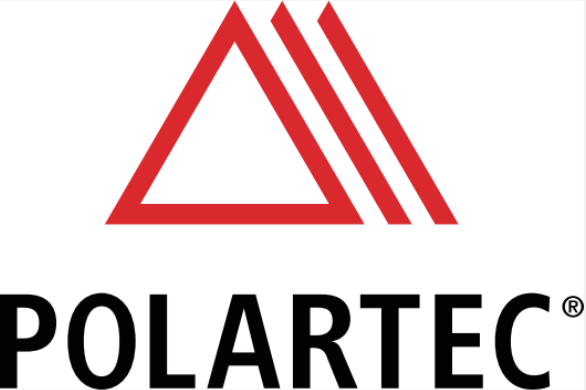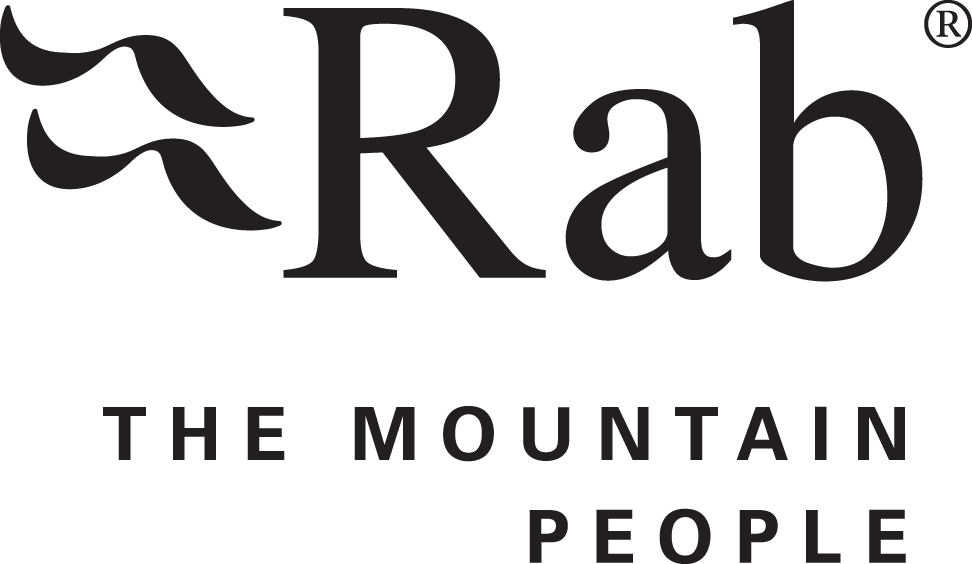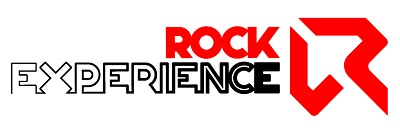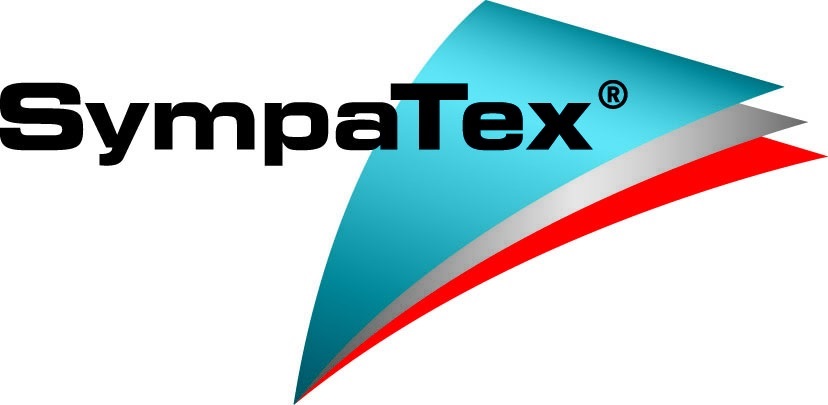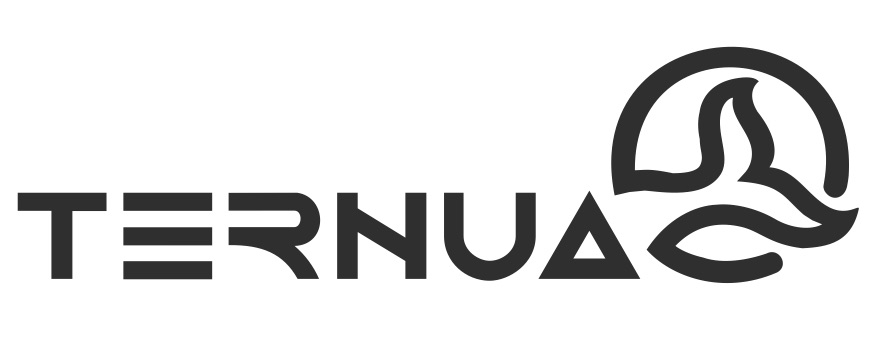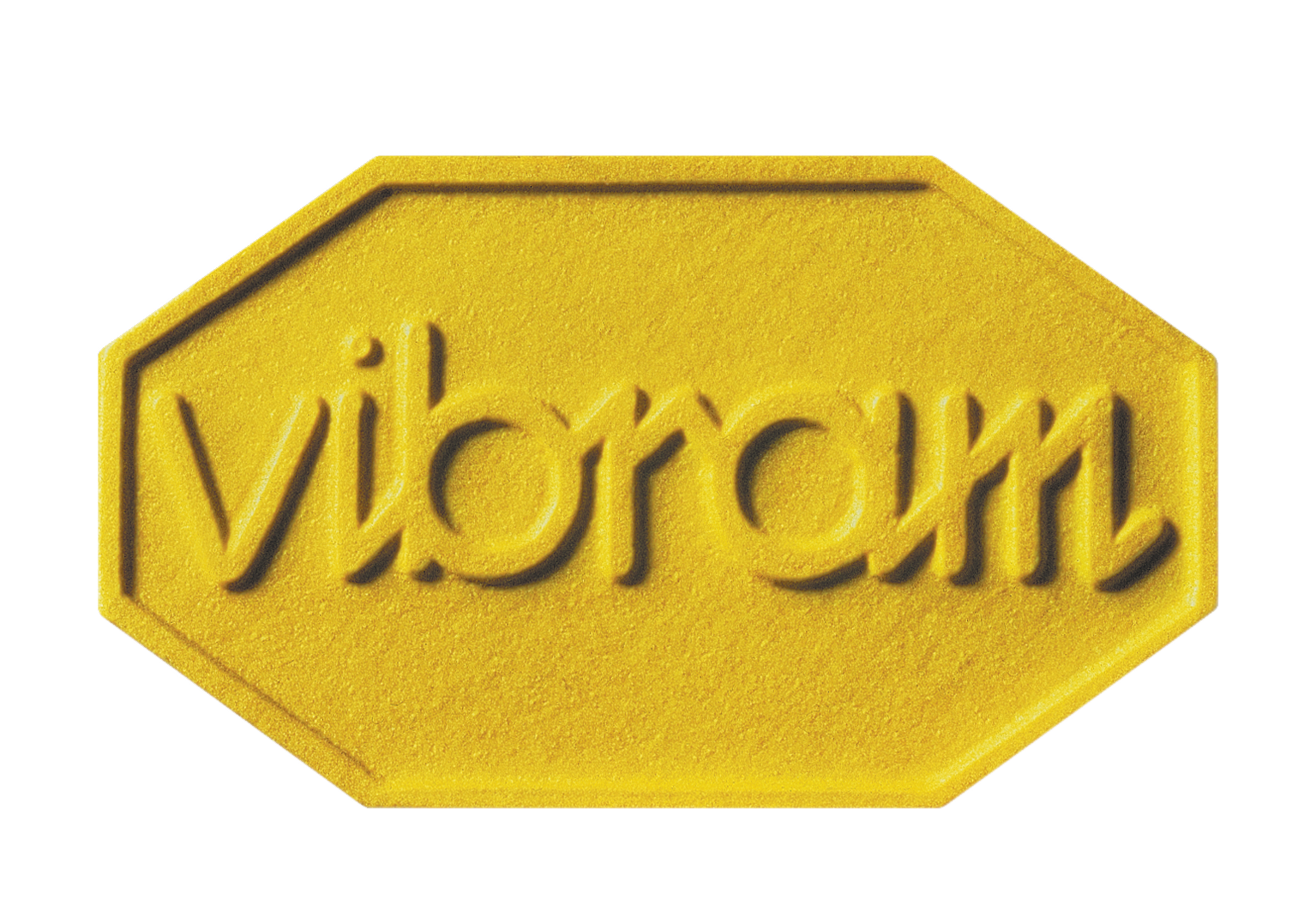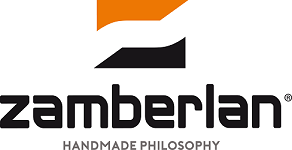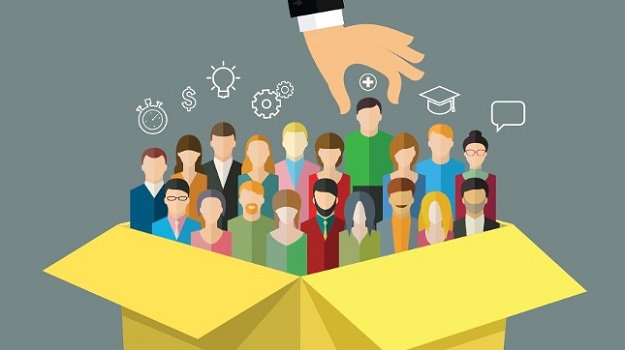
A growing number of businesses rely on crowdsourcing, utilizing the experience and commitment of consumers successfully by including them in product development processes for instance.
What does crowdsourcing actually mean? Generally, that a task that would usually be carried out by one person or a team is given to a larger, undefined group of people aiming to develop new approaches. “There is no longer a creative genius that hides away in the basement and needs ages to develop an idea”, say Catharina van Delden, CEO of Innosabi. The agency from Munich develops crowdsourcing concepts for companies.
The sports business is changing
The digitalization is changing the sports industry. The consumer as individual becomes more important, expecting more individual attention in marketing activities, but can also be a valuable source of expertise. For companies, crowdsourcing is a promising alternative to learn more about customers and their expectations and thus to improve the quality of their products.
“You can prioritize ideas very early on and adjust the budget towards success-orientated approaches. In addition there is velocity and a new relationship between customer and company in the innovation process”, says van Delden. It is important to not to only promote prices, but to increase motivation to get involved: “People realise that they are the first ones to know, that they can have a say in decision making and that they can raise their profile that way”, explains van Delden: “You have to communicate properly, exchange information, write blogposts on improvements and make the development of the ideas visible.”
“Collaborations are the target in open innovation”
A moderator can avoid disappointment: “Classic open innovation models recognize three winners and only losers after that in the worst case. The goal is collaboration, where small ideas lead to something, not the one idea to beat all the others”, says van Delden.
Crowdsourcing can happen on the product level, but also on a huge scale: In 2016 an initiative started in Melbourne, putting the responsibility for the future development of the city in the hands of its four million citizens. The simple idea: Contribute ideas, combine them and thus develop the metropolis of 2026 on the drawing board. “Democratic thinking shapes crowdsourced innovation massively. You can lead political discussions or push bureaucratic processes”, says van Delden.
Depending on the company and project, crowdsourcing can happen at different stages of the development: “Munich Airport have already developed an idea into a concept and already involved customers and users automatically. A chemical company on the contrary would start with developing a product internally. But when it comes to prototypes and applicability they will also include people from the outside”, says van Delden.
Successful campaigns by CEP and Bergans
Sports outfitter CEP for example systematically gathers consumer feedback with its Wingtech Shirt Campaign to develop the product further. The ambitious athletes share their experiences with the shirt, giving the company extremely valuable insights under real conditions. Outdoor manufacturer Bergans gave their Eidfjord jacket, which consists 30 percent of sugar molasses, to the crowd for testing.
Irrespective of industry or company: They all have gained valuable insights by having a little courage to utilise sometimes new, digital ways. Sport giants Adidas declared crowdsourcing to one of their three backbones: “We will be the first sporting goods manufacturer, which invites athletes, consumers and partners to be a part of the brand”, said Adidas.
Article by Gregor Röslmaier, author – ISPO webiste
INFO: ISPO



